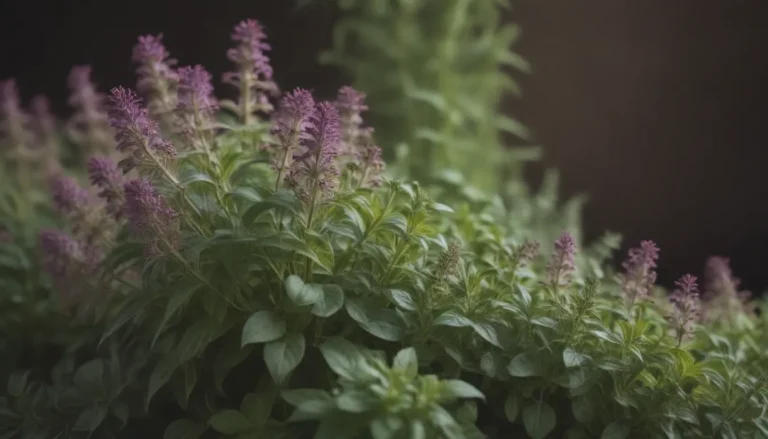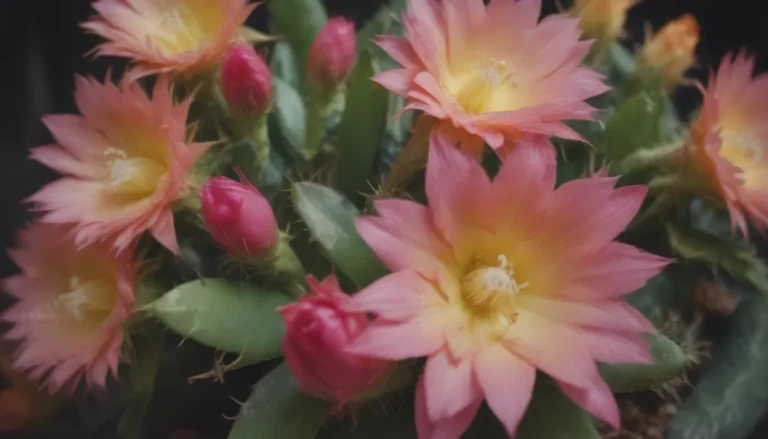The Complete Guide to Growing and Caring for Bay Laurel Plants

Welcome to the ultimate guide on how to grow and care for bay laurel plants! Whether you’re a seasoned gardener or just starting out, this article will provide you with all the information you need to successfully cultivate these beautiful and versatile trees in your home or garden.
Introduction to Bay Laurel
Bay laurel, also known as Laurus nobilis, is a popular evergreen shrub or tree native to the Mediterranean region. It is most famous for its aromatic leaves, which are commonly used as a kitchen seasoning in a variety of dishes. The leaves have a deep, glossy green color and a leathery texture, and when infused in cooking liquids, they release essential oils that impart a peppery, minty, and slightly bitter flavor to soups, stews, and sauces.
Aside from its culinary uses, bay laurel is steeped in symbolism dating back to ancient Greek civilization. The tree represents virtues such as achievement, wisdom, victory, and everlasting love. In Roman culture, emperors were crowned with laurel wreaths as a symbol of honor and accomplishment. The word “baccalaureate” itself is derived from the Latin “bacca” for berry and the Greek “laureate” for laurel tree.
Planting and Growing Bay Laurel
Bay laurel is a slow-growing tree that is best planted in the spring. It is dioecious, meaning that both male and female plants are required to produce flowers and berries. When pollinated, the small yellow flowers of the bay laurel tree develop into dark purple berries in the fall. The natural growth habit of bay laurel results in a medium to large-sized tree with multiple stems that form a dense green pyramidal canopy. However, the tree is also amenable to heavy pruning and can be grown as a shrub or container plant.
Bay Laurel Care Tips
To ensure that your bay laurel plant thrives, here are some essential care tips to keep in mind:
- Light: Indoor bay laurel plants should be placed near a sunny window in winter, while outdoor plants prefer partial shade but will tolerate full sun. In hot, dry climates, some afternoon shade is recommended.
- Soil: Plant outdoor bay laurel trees in well-draining garden soil with a pH range of 6 to 7. Container-grown bay laurels can be planted in commercial potting mix.
- Water: Water bay laurel plants regularly to keep the soil moist but not overly wet. Allow the soil to dry slightly between waterings to prevent root rot.
- Temperature and Humidity: In regions with cold winters, bring your bay laurel indoors during the colder months. Ensure that the plant receives adequate humidity, especially if it starts dropping leaves.
- Fertilizer: Feed container-grown bay laurel plants with a balanced organic fertilizer in spring. Landscape plants typically do not require as much feeding.
Types of Bay Laurel Plants
When choosing bay laurel plants for culinary use, it’s important to select those labeled as Laurus nobilis. Other plants may be labeled as bay or sweet bay but are not necessarily edible. Additionally, there are ornamental cultivars of Laurus nobilis that may not have the same culinary taste. Some popular true bay laurel cultivars include:
- Laurus nobilis f. angustifolia
- Laurus nobilis ‘Aurea’
- Laurus nobilis ‘Undulata’
- Laurus nobilis ‘Saratoga’
Pruning and Propagating Bay Laurel
Pruning bay laurel plants is a straightforward process that helps control their size and shape. New growth will emerge wherever branches are trimmed, making it easy to shape the tree as desired. Propagating bay laurel can be done by rooting softwood cuttings, though patience is needed due to the plant’s slow growth.
Potting and Overwintering Bay Laurel
Bay laurel plants thrive in containers and can live for decades with proper care. For potted bay laurels, use a relatively small container with a broad base to prevent toppling. Repotting is only necessary every five years or so. In regions with cold winters, potted plants should be brought indoors when temperatures drop below 50°F. Ensure that the plant receives adequate sunlight during the winter months.
Common Pests and Problems with Bay Laurel
Bay laurel plants are generally pest-free, but scale insects and moths can occasionally be a problem. Maintaining proper humidity levels and regular inspection can help prevent pest infestations. Common issues that may arise with bay laurel plants include winter dieback, leaf drop, cracked bark, and yellow or brown leaves. These problems can be addressed through proper care and timely intervention.
Harvesting Bay Laurel Leaves
Mature bay laurel leaves can be harvested at any time for culinary use. To preserve the leaves, dry them on parchment paper in a warm, dry location for two weeks. Bay laurel plants can live for up to 50 years or longer if properly cared for, providing a continuous source of fresh leaves for cooking.
In conclusion, growing and caring for bay laurel plants can be a rewarding experience for gardeners and cooking enthusiasts alike. By following the tips and guidelines outlined in this article, you can ensure that your bay laurel thrives and provides you with an abundant supply of aromatic leaves for your culinary creations. Happy gardening!





